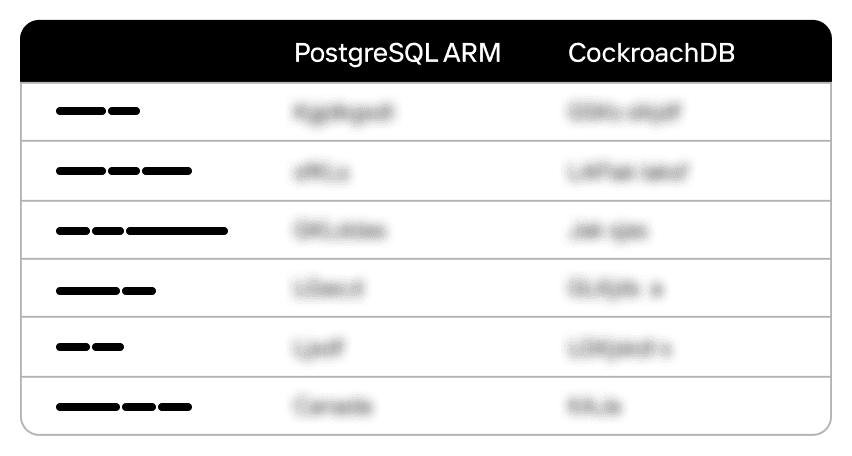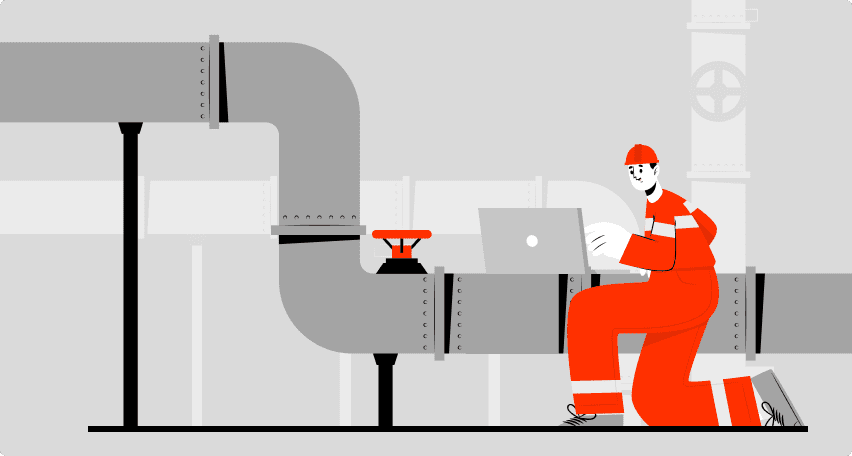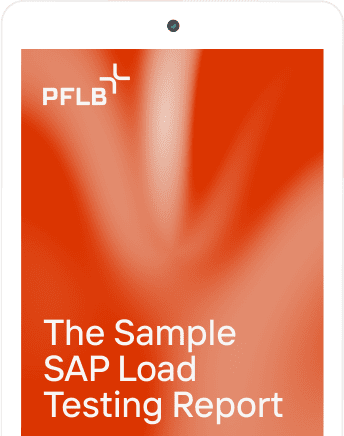Testing Major Meat Producer’s SAP Makes System 8 Times Faster
How the Need for SAP Load Testing Arose
Our client, a major nation-wide meat producer, was actively using local WMS and TMS. As a result, their 5,000 employees used to waste much time and effort storing and processing a lot of data in different systems.
To increase the effectiveness of the document flow, the client decided to move all the processes to one SAP ERP system. Massive migration was about to happen, since enormous amounts of data from different legacy systems had to be centralized.
The unified database was enormous, so, unsurprisingly, document processing speed was rather low. Thus, the client encountered a performance tuning problem.
Why the Client Trusted SAP Load Testing to Us
The client had extremely high requirements for a performance tuning project contractor. They wanted to entrust the task only to a highly experienced team.
The choice fell on PFLB, as the company has a proven track record of delivering SAP load testing projects for many corporate clients around the world.
Our client is a meat production company co-owned by JPMorgan Chase Bank.
The company possesses eight poultry farms of a complete cycle, 14 modern pig farms, six meat-processing plants, and six combined feed mills. In 2016, net profits of the company amounted to $50 million.
Performance Optimization Results
The Solution
To find ways to optimize performance of the document flow processes, we deployed a unique SAP ERP test environment for load testing. Then, we developed load scripts and scenarios to emulate the life cycle of purchases, sales, logistics, and related financial processes, at the client’s eight production plants. We used LoadRunner as a tool to emulate the workload on the SAP ERP system.
We supplied the load from workstations located at the production plants, where real users would deal with their tasks.
SAP ERP Implemented in 8 Factories:
Purchases
Finances
Sales
Logistics
How We Did It
During the project, we developed scripts that emulate the work of specific tablets. In addition, our engineers were launching the formation of heavy annual reports.
The analysis of the system operation under load was carried out, and we identified bottlenecks. Ultimately, we found a working configuration that met the customer’s performance requirements.
Conclusions
Data migration to SAP was successful. Load capacity of the system was improved in accordance with the client’s business plan. For example, we increased document processing speed by 8 times.
Increased system’s load capacity allowed the business to grow further. By now, the company is already employing 30,000 people.
Related insights in case studies
Benchmark Testing Case Study: How PFLB Validated Chainguard Docker Container Performance

Chainguard specializes in providing highly secure Docker container images — regularly updated, tightly managed, and designed to minimize vulnerabilities. While their reputation for security is well-established, Chainguard wanted to ensure their containers also delivered competitive performance. After all, strong security is crucial, but it shouldn’t slow you down. Client Goal Chainguard needed clear, objective proof […]
From Weeks to Hours: Accelerating Data Masking and Enabling Easy B2B Data Sharing for a Leading Bank

A leading bank, ranked among the top 20 in its market, provides services to millions of customers daily. Staying at the forefront of this competitive market requires not only stable and updated infrastructure but also rapid feature delivery to maintain the highest service quality. Challenge The bank faced a critical challenge in enabling safe sharing […]
Leading Oil & Gas Innovator, NOV Excels with Real-Time Drilling Data After Load Testing

NOV, a renowned global provider of equipment, components, and IT products for the oil and gas industry, which is located in Texas, USA, empowers extraction companies worldwide with innovative technological solutions that enable the safe and efficient production of abundant energy while minimizing environmental impact. Under its CTES brand, NOV offers a range of IT […]
From Hundreds to Thousands: Scaling MEFA Pathway Software for Mass Student Registration

FolderWave, Inc. is a leading digital services provider in the Massachusetts e-learning sector. It aids millions of students in researching and planning a job-oriented education. The company delivers IT solutions, platforms, and services in partnership with notable non-profit organizations like MEFA Pathway and College Board, which connect a vast network of colleges, schools, and universities […]
Be the first one to know
We’ll send you a monthly e-mail with all the useful insights that we will have found and analyzed
People love to read
Explore the most popular articles we’ve written so far
